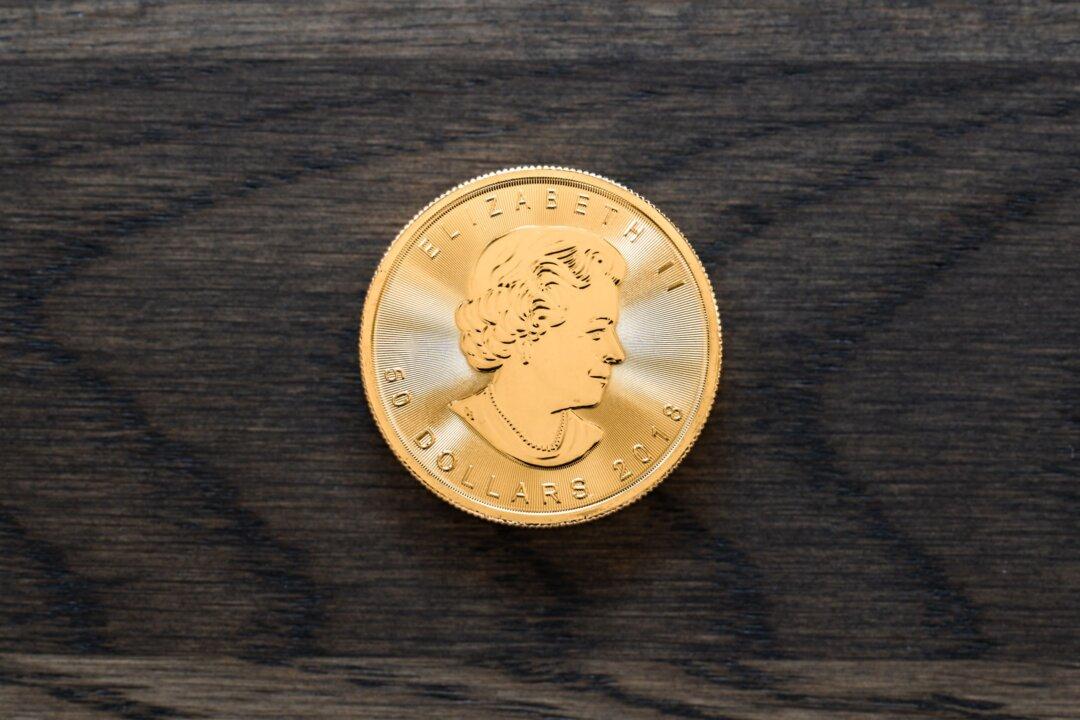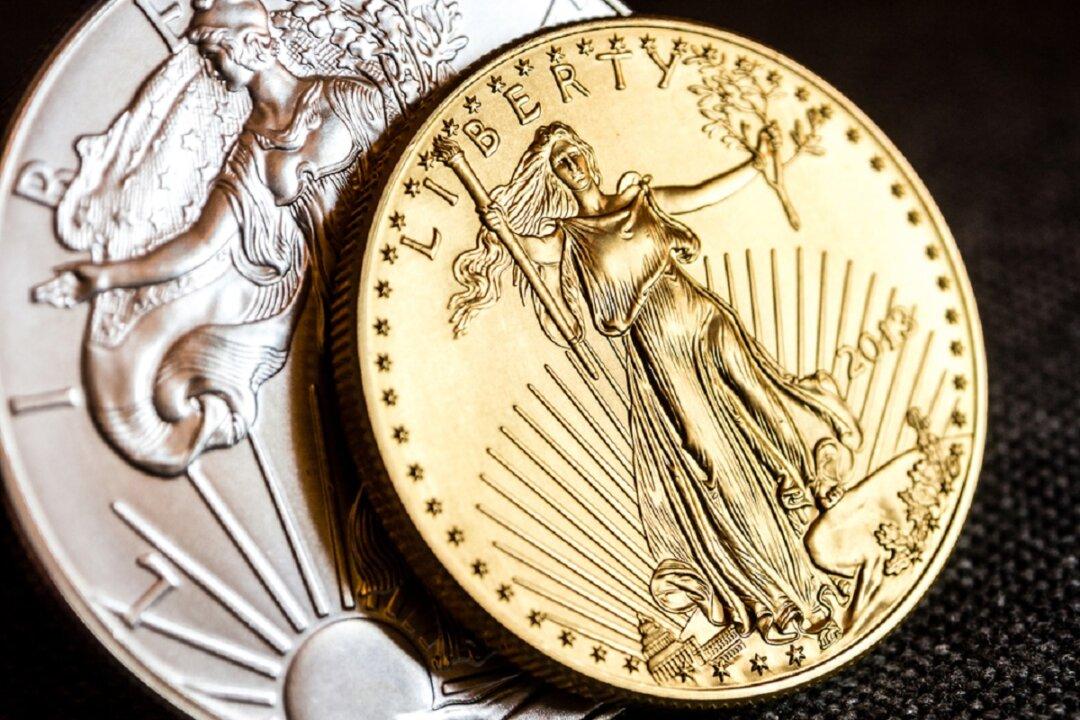Precious metals like gold and silver are excellent investments. Unlike most financial assets, they offer protection against inflation and don’t pose a risk to your credit. But what good is such an investment if you don’t know how to calculate its value?
You might have difficulty determining how traders measure gold if you’ve recently started investing and collecting gold and silver. Understanding Troy ounce versus ounce is the first step in getting started in this field. Even when dealing with small amounts of gold and silver, using the wrong unit of measure causes complications.





